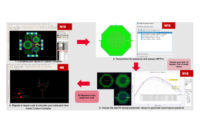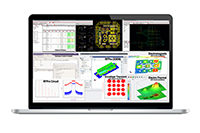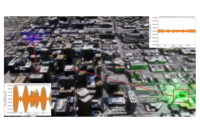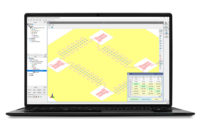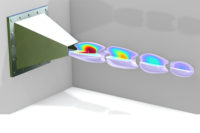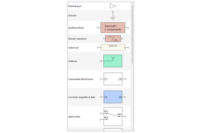Software/EDA Channel
Software/EDA related topics
ARTICLES
Keysight, Synopsys and Ansys Deliver RF Design Migration Flow to TSMC’s N6RF+ Process Node
Read More
EMA Design Automation to Spin-Off IP & Services Group
Enabling Digital Transformation for the Entire CAD Industry
Read More

